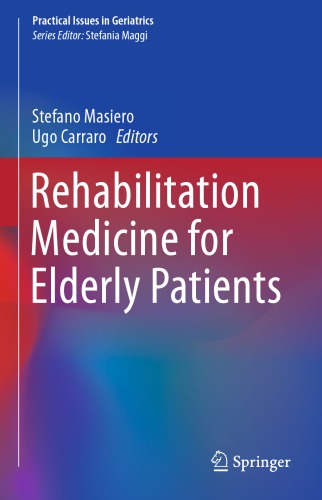این کتاب به ایجاد دیستروفی عضلانی می پردازد که می تواند ناشی از عصب کشی، بی توجهی، روزه داری بیش از حد، پیری و انواع بیماری ها از جمله نارسایی قلبی، بیماری مزمن کلیوی و سرطان باشد. دیستروفی عضلانی کیفیت زندگی را کاهش می دهد و مرگ و میر و مرگ و میر را در سراسر جهان افزایش می دهد. این کتاب به پنج بخش تقسیم میشود که قسمت اول جنبههای کلی دیستروفی عضلانی از جمله ویژگیهای آن، بار اقتصادی و سلامت مرتبط و درمان بالینی فعلی را توضیح میدهد. دوم، جنبه های اساسی دیستروفی عضلانی شامل ترکیب، ساختار و عملکرد عضله اسکلتی، تغییرات عضلانی در پاسخ به آتروفی و الگوهای تجربی خلاصه می شود. سوم، این کتاب مکانیسمهای مولکولی آتروفی عضلانی، از جمله مسیرهای پروتئولیز و سنتز، RNA غیر کدکننده، سیگنالدهی التهابی، استرس اکسیداتیو، سیگنالدهی میتوکندری و غیره را بررسی میکند. چهارم، مکانیسم های پاتوفیزیولوژیک آتروفی عضلانی در پیری و بیماری را برجسته می کند. بخش پنجم و پایانی کتاب تشخیص، راهبردهای درمانی، عوامل امیدوارکننده و چشمانداز آینده دیستروفی عضلانی را پوشش میدهد. این کتاب برای خوانندگان گسترده ای از جمله دانشمندان و دانشجویان کارشناسی و کارشناسی ارشد در پزشکی و زیست شناسی سلولی جذاب خواهد بود.
The book addresses the development of muscle atrophy, which can be caused by denervation, disuse, excessive fasting, aging, and a variety of diseases including heart failure, chronic kidney diseases and cancers. Muscle atrophy reduces quality of life and increases morbidity and mortality worldwide. The book is divided into five parts, the first of which describes the general aspects of muscle atrophy including its characteristics, related economic and health burdens, and the current clinical therapy. Secondly, basic aspects of muscle atrophy including the composition, structure and function of skeletal muscle, muscle changes in response to atrophy, and experimental models are summarized. Thirdly, the book reviews the molecular mechanisms of muscle atrophy, including protein degradation and synthesis pathways, noncoding RNAs, inflammatory signaling, oxidative stress, mitochondria signaling, etc. Fourthly, it highlights the pathophysiological mechanisms of muscle atrophy in aging and disease. The book’s fifth and final part covers the diagnosis, treatment strategies, promising agents and future prospects of muscle atrophy. The book will appeal to a broad readership including scientists, undergraduate and graduate students in medicine and cell biology.




